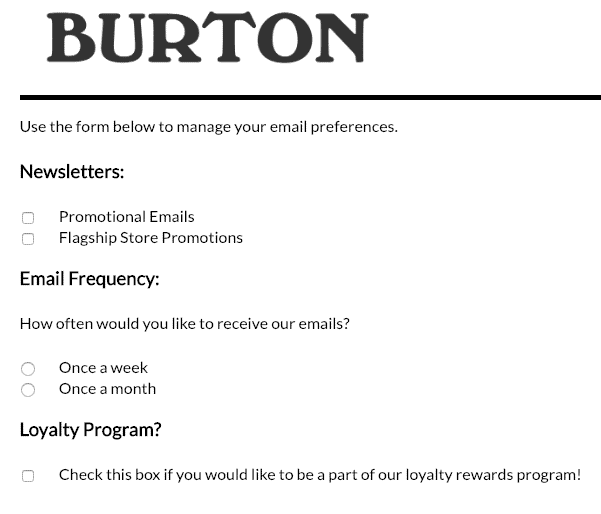Article
Increasing Revenue from Email: Win Your Lapsed Customers Back Again
March 26, 2019

When customers disengage, marketers don’t only lose the revenues they were hoping to gain in a particular campaign and the money they’ve spent acquiring that customer. They potentially also lose all the revenue that customer could ever generate for the brand. The bad news is, you definitely have lapsed customers. The less-bad news is… it’s not just you. According to research from Email Monks, email lists degrade by 25% annually.
However, there’s also good news: strong winback messaging campaigns can get lapsed customers back, increasing revenue from email and repeat purchase rates. Research from SumAll found that if they bought from you once, there’s a 27% chance they will again.
To minimize opt-outs, it’s essential to approach the problem with an analysis of the customer lifecycle. Instead of looking at which campaigns do well, marketers are well-served by digging in to discover where in the customer lifecycle opt-outs are most likely to happen and then working to fix those problem areas.
Even if you don’t “win” your lapsed customers back with your messaging, you may end up with valuable data on why they churned in the first place. Sephora plays this nicely, incentivizing feedback with a discount.
Tactics for Re-Engaging Lapsed Customers with Winback Messaging
Our best practice guide to Increasing Revenue from Email includes tactics for reactivating online retail customers who have lapsed. One example of a foundational winback strategy is to segment those users who haven’t engaged with your emails during a certain time-tested period and suppress them.
Too drastic? We’d also recommend a preferences center. Instead of giving customers the choice of subscribing or unsubscribing, an opt-down page can present the option of receiving emails less frequently or in fewer editions. It’s much better to have a customer proactively decrease the volume of email they receive than to have them opt out altogether.
Burton does this well, allowing customers to control the cadence of their messaging. That way, the brand doesn’t risk over-messaging someone who only wants to hear from them weekly or whenever there’s a good sale at the flagship.

A more sophisticated twist on that strategy is to use predictive technology to identify those customers who are most likely to become lapsed customers. From there, you can proactively — and automatically — suppress emails until the customer is more receptive.
We also recommend closely monitoring the first 30 days of customer activity on your email list. Determine when customers are most engaged and when they are most likely to opt-out. Having identified the sweet spots and danger zones, look for the root causes in the customer experience that are producing each.
You’ve got re-engaging lapsed customers down, so what’s next? Download your guide today for more strategies, both foundational and more sophisticated, to help you increase revenue from email.
The State of Brand Loyalty in the U.S. in 2023
Related



